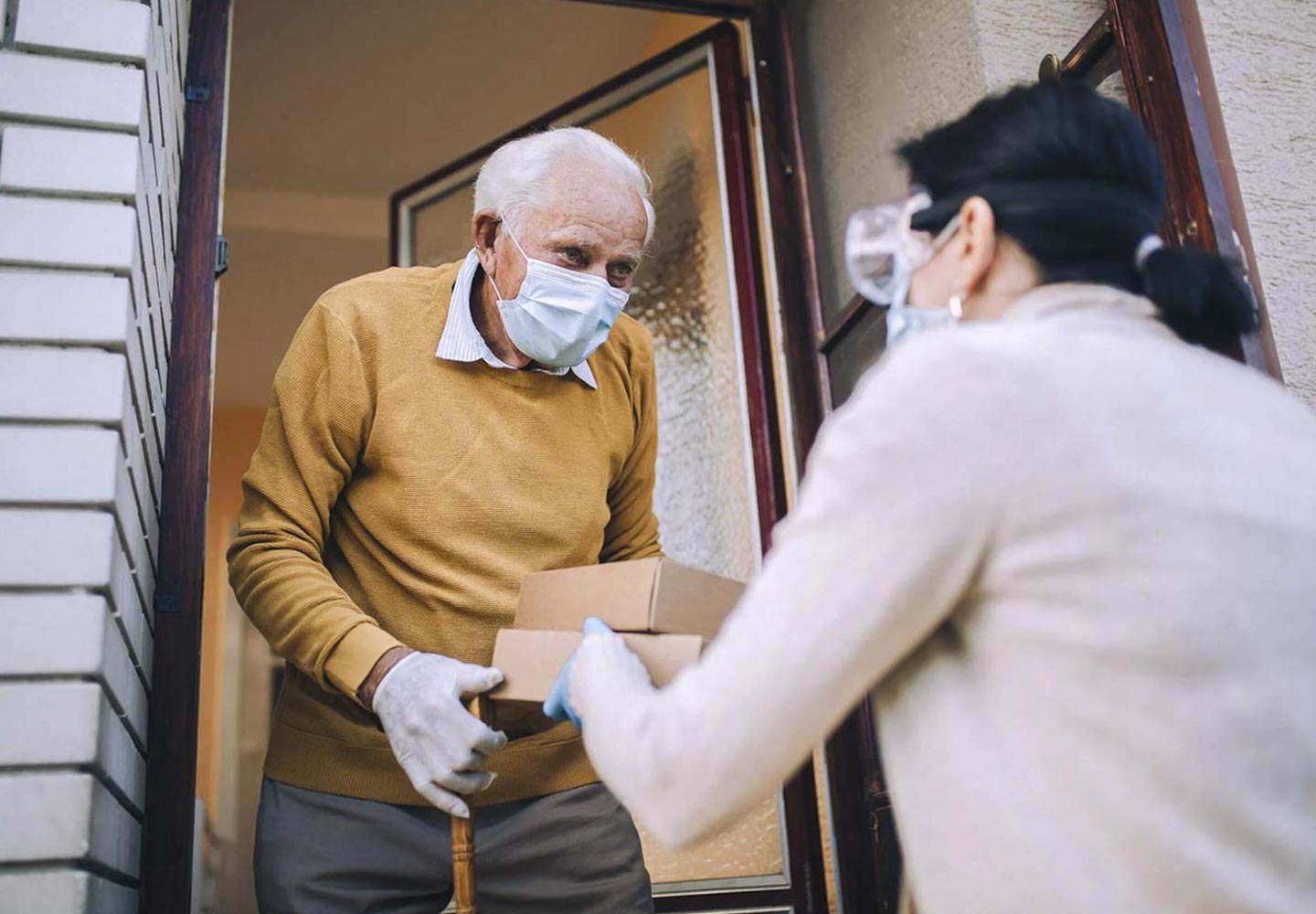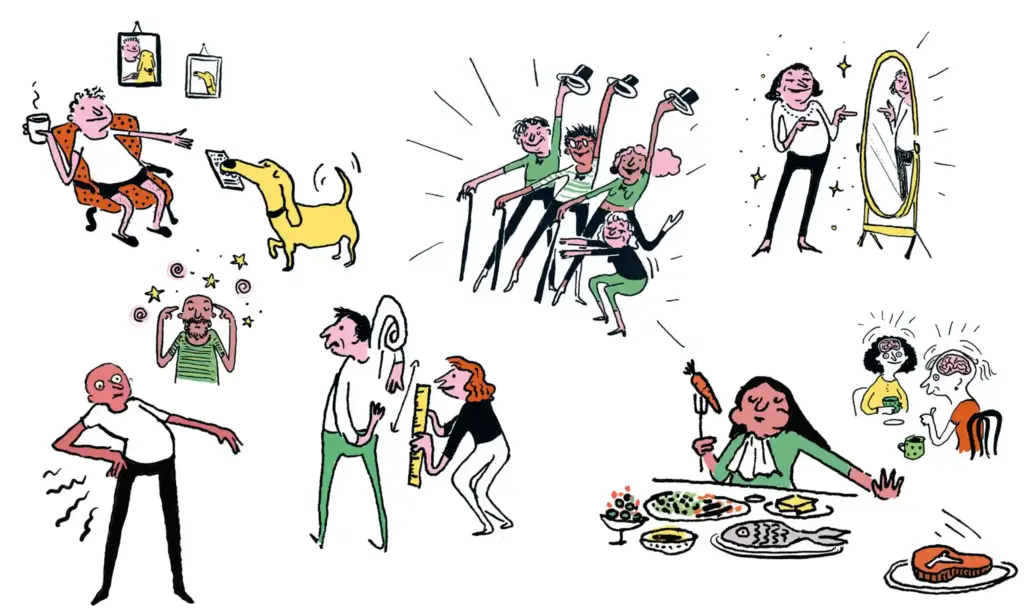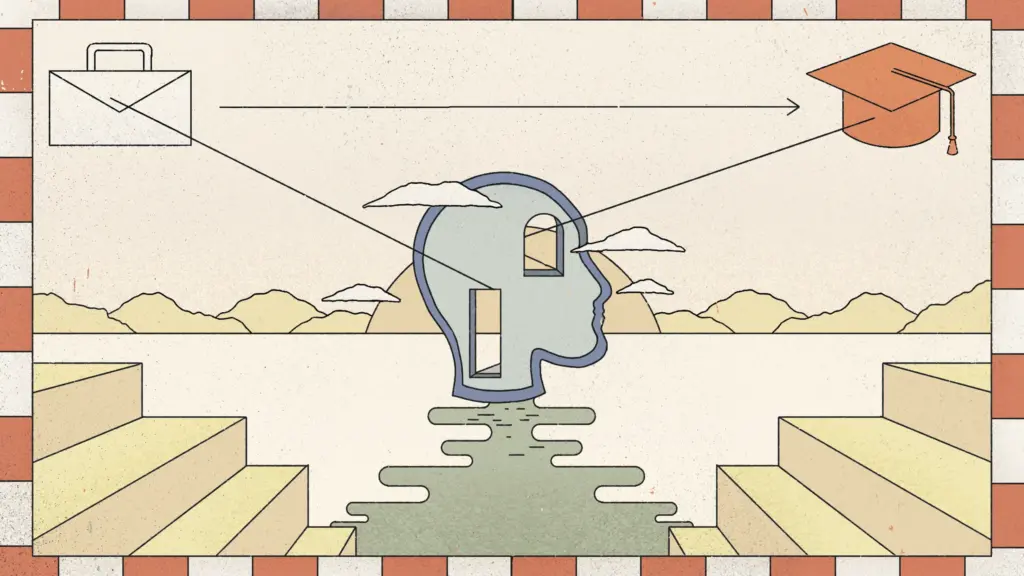Milken Institute Center for the Future of Aging: How has philanthropy partnered with nonprofits and academic institutions to address gaps in services, funding and research during the COVID-19 crisis?
Cinny Kennard: There are many examples of philanthropic partnerships addressing various aspects of the COVID-19 crisis.
The Committee for a Greater LA, formed at the inception of the pandemic, is an example of philanthropy working with nonprofits and academia. It researches and measures the short- and long-term impacts of COVID-19 on the most vulnerable communities in Los Angeles. This effort is funded by a group of philanthropic organizations, including the Annenberg Foundation, but led by community voices and supported by research from UCLA and USC.
The Committee’s report, “No Going Back: Together for an Equitable and Inclusive Los Angeles,” includes policy recommendations, including making high-speed internet access a civil right; promoting “California citizenship” to ensure all residents equal access to services regardless of immigration status and a Housing-for-All strategy to end homelessness.
Partnering with nonprofits and government, philanthropic organizations are also coming together to address pandemic-driven food insecurity, especially among vulnerable older adults. By sharing data and leveraging resources, we can pinpoint gaps in food access and close them.
For example, the Los Angeles Department of Public Social Services, with our support and data from nonprofits like the LA Regional Food Bank, created heat maps that identify areas with high eligibility but low enrollment in food benefits programs, enabling targeted communications to increase participation.
Locally focused philanthropic efforts met critical needs early on. How will philanthropy sustain its efforts and scale them up in the future?
We are concerned about a never-ending flow of critical needs as the economy shifts, nonprofits shut their doors and residents’ benefits run out, plunging them further into poverty and food insecurity.
This moment calls for innovation, effective management and leadership.
During this time, philanthropies must take a hard look at allocating a portion of their giving to safety net programs and resources where government agencies are not stepping up.
We must also help strengthen the organizational capacity of nonprofits that are pitching in; approximately 20% of nonprofits in Los Angeles County providing services to the most vulnerable are either shutting down or headed that way.
We have been a longtime supporter of the Nonprofit Sustainability Initiative, a funding collaborative of more than a dozen foundations helping nonprofits achieve their missions by providing the stability of long-term partnerships in a funding environment constantly influenced by changing policy and priority.
To work efficiently and maximize limited funds, philanthropy also needs to support systems-change efforts. By tackling the root causes of inequities, we can permanently change the landscape, rather than constantly addressing the results of broken systems.
How do you foresee COVID-19 impacting philanthropic institutions committed to supporting healthy aging in the years ahead?
We all need to adjust to a new normal, and one prime example is planning for post-pandemic community spaces focused on healthy longevity and aging. The traditional model of an older adult day center has been turned upside down with COVID-19.
This “new normal” deserves a new location.
Through the pandemic, the Annenberg Foundation has continued its work to create a new kind of center to respond to the rampant isolation and loneliness among aging adults in Los Angeles. The Wallis Annenberg GenSpace will reimagine what life for them can look like — worlds away from sterile nursing homes and small, dark, and lonely apartments.
It will be a neighborhood hub for forging new relationships, because social connection is what helps us stay vibrant, extends life and makes it worth living. It will emphasize creativity and learning, because that’s what keeps minds fertile and functioning at every age. Programs will be streamed virtually to ensure that those who cannot come in person have access.
Post-pandemic, we see a need for a national conversation on aging and ageism.
COVID-19 is shining a light on the gap between the generations, and potentially exacerbating it as well. There may be lingering anger and resentment; the older population blaming the young for not doing what was needed to keep the virus in check and the younger generation blaming the older for the lockdowns that have delayed their progress and slowed business.
During the early stages of the pandemic, the term “Boomer Remover” briefly became a catchphrase on social media, referring to the higher mortality rate among older people.
That said, this is a great opportunity for funders to support research and intergenerational programming, so we can bring young and old back together again.
Philanthropies are stepping up and stepping in to help where we can at this difficult time. And we will continue to do so, as new needs arise.


